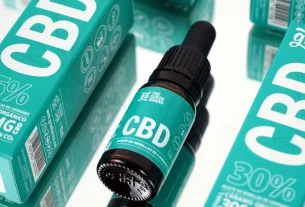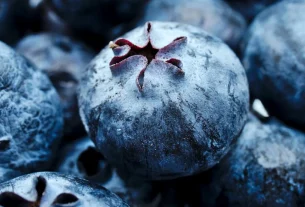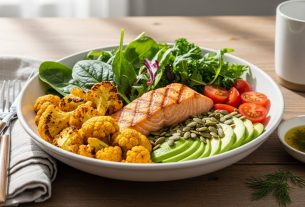/* 响应式视频容器 */
.video-container {
position: relative;
padding-bottom: 56.25%;
height: 0;
overflow: hidden;
max-width: 100%;
margin: 2em 0;
}
.video-container iframe {
position: absolute;
top: 0;
left: 0;
width: 100%;
height: 100%;
}
/* 响应式表格 */
.table-responsive {
overflow-x: auto;
margin: 2em 0;
}
.product-comparison {
width: 100%;
border-collapse: collapse;
margin: 1em 0;
}
.product-comparison th,
.product-comparison td {
padding: 12px;
text-align: left;
border: 1px solid #ddd;
}
.product-comparison th {
background-color: #f5f5f5;
}
/* 文章底部社交分享按钮样式调整 */
.sharedaddy.sd-sharing-enabled {
display: flex;
justify-content: center;
margin-top: 2em;
margin-bottom: 2em;
}
.sharedaddy h3.sd-title {
text-align: center;
width: 100%;
}
.sharedaddy .sd-content ul {
display: flex;
justify-content: center;
flex-wrap: wrap;
}
.sharedaddy .sd-content ul li {
margin: 0 8px;
}
/* 标签样式 */
.article-tags {
margin: 2em 0;
}
.tags-container {
display: flex;
flex-wrap: wrap;
gap: 0.5em;
}
.tag {
display: inline-block;
padding: 4px 12px;
background-color: #f5f5f5;
border-radius: 16px;
font-size: 14px;
color: #666;
text-decoration: none;
transition: background-color 0.3s;
}
.tag:hover {
background-color: #e5e5e5;
}
/* 移动端响应式设计 */
@media (max-width: 768px) {
.product-comparison th,
.product-comparison td {
padding: 8px;
font-size: 14px;
}
}
/* 统一的文章底部样式 */
.article-footer {
display: flex;
flex-direction: column;
align-items: center;
margin-top: 3em;
border-top: 1px solid #eee;
padding-top: 1em;
}
.article-footer .tags-section,
.article-footer .sharing-section,
.article-footer .recommended-section {
width: 100%;
margin: 1em 0;
}
.article-footer h3 {
text-align: center;
margin-bottom: 1em;
}
document.addEventListener(‘DOMContentLoaded’, function() {
// 调整社交分享按钮位置
var sharingContainer = document.querySelector(‘.sharedaddy.sd-sharing-enabled’);
var recommendedReading = document.querySelector(‘h2:contains(“Recommended Reading”)’);
if(sharingContainer && recommendedReading) {
// 移动社交分享按钮到推荐阅读上方
var parent = recommendedReading.parentNode;
parent.insertBefore(sharingContainer, recommendedReading);
}
});
Estimated Reading Time: 10 minutes
DDd you know that what you eat can profoundly impact your energy levels, mood, and long-term health?
As women, our nutritional needs evolve throughout life, and understanding the top nutrient-rich foods for women is paramount.
Forget the complicated diet fads and restrictive meal plans.
Instead, let’s explore a simple, sustainable approach to nourishing your body from the inside out.
This journey into the world of food is one I’ve personally taken.
I recall feeling utterly drained a few years back – constant fatigue, skin problems, and a general lack of vitality.
After consulting with a nutritionist and making some significant dietary changes, the transformation was remarkable.
This isn’t about a diet; it’s about a conscious shift towards nutrient-rich foods that support our unique physiological needs.
Let’s dive in and discover how you can thrive too.
Women have unique nutritional requirements. We experience hormonal fluctuations, pregnancy, and menopause – all of which demand specific nutrients.
Furthermore, we are often at a higher risk of conditions like iron deficiency anemia and osteoporosis.
Focusing on the top nutrient-rich foods for women is, therefore, not just about eating, it’s about proactive self-care and safeguarding long-term well-being.
Many women overlook this importance, resulting in suboptimal energy levels and increased vulnerability to illness.
But what are the key ingredients for a balanced diet?
Several vital nutrients play a key role in women’s health. These include iron, calcium, vitamin D, folate, and omega-3 fatty acids.
Iron combats fatigue and supports healthy blood production, while calcium and vitamin D are crucial for bone health.
Folate is vital for cell growth and particularly important during pregnancy.
Omega-3 fatty acids are known for their benefits to the heart, brain, and overall mood. We’ll explore foods that are bursting with these essentials.
Ready to revamp your grocery list? Let’s delve into the top nutrient-rich foods for women, each offering a unique blend of benefits.
Remember, variety is key! Eating a range of colorful foods ensures you receive a comprehensive spectrum of vitamins and minerals.
Think of spinach, kale, and romaine lettuce as your daily nutrient boosters. They’re packed with vitamins A, C, and K, as well as folate, and fiber.
A simple salad or a quick sauté can make all the difference. Did you know that spinach is incredibly versatile?
You can blend it into a smoothie or add it to pasta dishes for a nutritional punch.

These greens should be at the top of your list for the top nutrient-rich foods for women.
Blueberries, strawberries, raspberries – berries are not only delicious but are also powerhouses of antioxidants.
Antioxidants protect your cells from damage and can contribute to lower your risk of various chronic diseases.
In addition, these fruits are naturally low in calories and high in fiber, making them a perfect snack.
How about incorporating a handful of berries into your morning yogurt or oatmeal? It’s a great way to start your day.
Salmon, tuna, and mackerel are excellent sources of omega-3 fatty acids.
These fatty acids are essential for brain health, heart health, and reducing inflammation.
If you’re not a fan of fish, consider taking a fish oil supplement, but make sure to consult your doctor first.
Consider grilling salmon with herbs for a quick and healthy dinner.
You’ll find that these are some of the top nutrient-rich foods for women for a good reason.
Almonds, walnuts, chia seeds, and flaxseeds are rich in healthy fats, fiber, and protein.
They are also excellent sources of various vitamins and minerals. Nuts and seeds make perfect snacks and can be added to salads, yogurt, or smoothies.
A handful of almonds or a sprinkle of chia seeds can easily boost your nutritional intake throughout the day.
Don’t overlook these little gems as you build your meal plan of the top nutrient-rich foods for women.
Lentils, beans, and chickpeas are fantastic sources of fiber and plant-based protein.
They support digestive health, control blood sugar levels, and keep you feeling full.
If you’re trying to lose weight or simply improve your overall health, legumes are your allies.
Making a hearty lentil soup is a great way to incorporate these into your diet.
Integrating these top nutrient-rich foods for women into your daily routine can be easier than you think.
Here are some practical tips to get you started:
Incorporating these foods and habits is a journey, not a race. Be patient with yourself, and celebrate small victories along the way.
The key is consistency and making sustainable changes.
There are many misconceptions about women’s nutrition. One common myth is that all fats are bad.
In reality, healthy fats (found in avocados, nuts, and seeds) are essential for brain health and hormone production.
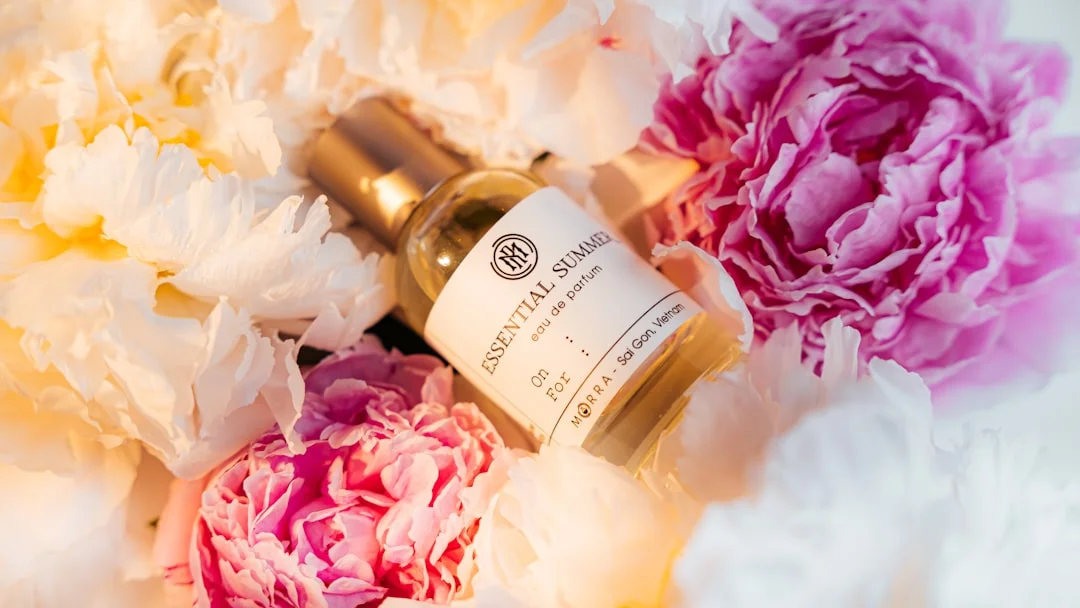
Another myth is that you need to cut out entire food groups to lose weight.
Instead, focusing on nutrient-dense foods and portion control is often the more effective and sustainable approach.
Always research nutrition information from reputable sources to avoid falling for misleading information.
Understanding these common myths empowers you to make informed decisions.
Let’s hear from someone whose life has been touched by the change: Sarah, a 35-year-old marketing executive, was constantly exhausted and struggled with bloating.
After adopting a diet centered around the top nutrient-rich foods for women, she experienced a dramatic shift.
Within weeks, her energy levels soared, her skin cleared up, and her digestive issues disappeared.
Sarah’s success story is a great reminder of the power of food in nourishing our bodies.
Here are some of the most common questions regarding the top nutrient-rich foods for women:
Q: How much protein do women need daily?
A: The general recommendation is around 0.8 grams of protein per kilogram of body weight.
However, this can vary depending on activity levels and overall health.
It’s often best to spread protein intake throughout the day rather than consuming a large amount in one meal.
Q: Can I get all the nutrients I need from food, or do I need supplements?
A: Ideally, a balanced diet of the top nutrient-rich foods for women should provide all the essential nutrients.
However, some women may benefit from certain supplements, such as vitamin D or iron.
Discussing your individual needs with your doctor is always recommended.
Q: What are the best foods for managing hormonal imbalances?
A: Foods rich in fiber (like vegetables and legumes) and healthy fats are great for supporting hormonal health.
Also, cruciferous vegetables (like broccoli and cauliflower) support detoxification. Minimizing processed foods and added sugars can also help.
Q: What role does water play in women’s health?
A: Water is essential for every bodily function!
It helps transport nutrients, regulate body temperature, and maintain healthy skin.
Women should aim to drink sufficient amounts of water throughout the day. This is particularly important during exercise or in hot weather.
Q: Is it okay to eat soy products as a woman?
A: Yes, soy products like tofu, tempeh, and edamame are generally safe and can be a good source of protein and nutrients.
Research suggests that moderate soy consumption is not harmful and may even have health benefits, but always consult your doctor if you have concerns.
Q: How does diet affect bone health in women?
A: Calcium and vitamin D are critical for bone health.
Eating foods like leafy greens (for calcium) and including vitamin D-rich sources or taking supplements as directed by a doctor can help to maintain strong, healthy bones throughout life.
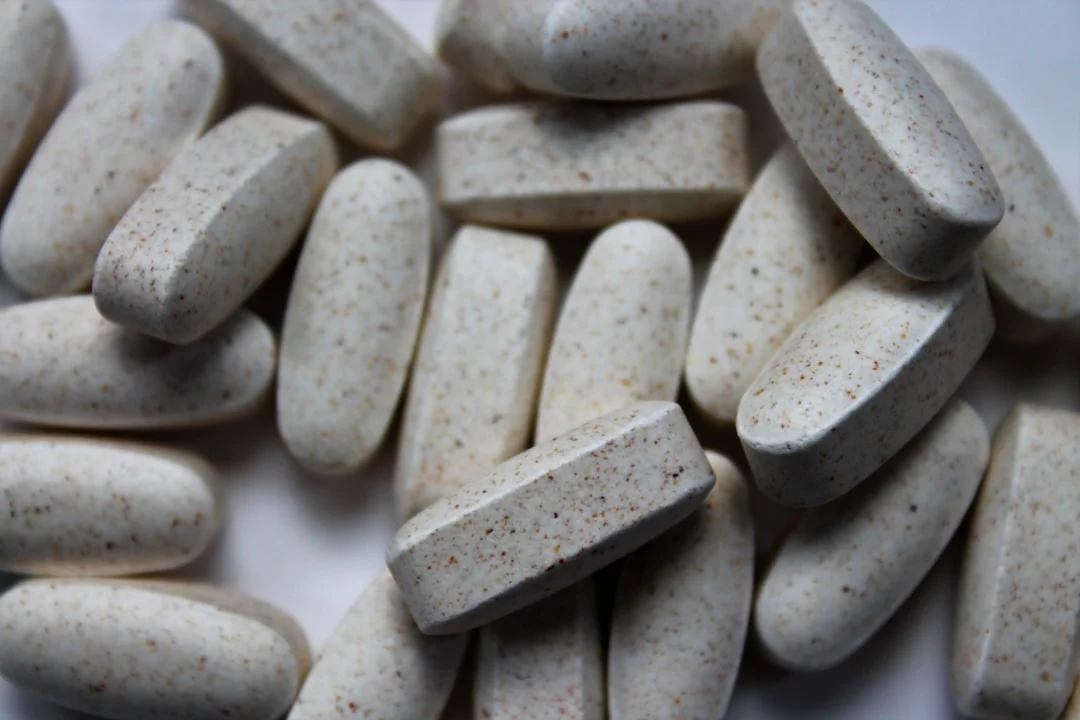
Avoiding excessive caffeine and alcohol can also contribute to bone health.
By incorporating the top nutrient-rich foods for women into your diet, you’re not just eating; you’re investing in your future health and well-being.
From vibrant energy levels to reduced risk of chronic diseases, the benefits are profound.
It’s about creating a lifestyle that nourishes you, supports your unique needs, and celebrates your strength. So, why wait?
Start today by making one small, positive change.
Try adding a serving of leafy greens to your next meal or swapping a sugary snack for a handful of nuts and seeds.
Ready to take the next step? Join our newsletter for weekly health tips!
You’ll receive valuable insights, recipes, and more to help you on your journey to optimal health.
{
“@context”: “https://schema.org”,
“@type”: “Article”,
“headline”: “Article Title”,
“description”: “Article description”,
“image”: “Featured image URL”,
“author”: {
“@type”: “Person”,
“name”: “Author Name”
},
“publisher”: {
“@type”: “Organization”,
“name”: “Site Name”,
“logo”: {
“@type”: “ImageObject”,
“url”: “Logo URL”
}
},
“datePublished”: “Publication Date”,
“dateModified”: “Last Modified Date”
}
Frequently Asked Questions
What are the most important vitamins and minerals for women’s health?
For women’s health, several vitamins and minerals play critical roles. Iron is essential to prevent fatigue and anemia. Calcium and vitamin D are crucial for maintaining strong bones and preventing osteoporosis.
Folate is vital during pregnancy for fetal development, and omega-3 fatty acids, found in fish like salmon, support brain health and reduce inflammation. Consuming foods like leafy greens, fortified foods, and fatty fish is an excellent way to incorporate these key nutrients in your diet.
How can I ensure I’m getting enough iron through my diet?
Iron intake is important, especially for women. You can boost your iron intake by including iron-rich foods like lean meats, poultry, and seafood. For vegetarian and vegan diets, consume plant-based iron sources like lentils, spinach, and fortified cereals.
Pair iron-rich foods with vitamin C-rich foods (e.g., citrus fruits or bell peppers) to enhance iron absorption. Avoid drinking coffee or tea with meals, as they can inhibit iron absorption.
Are all fats bad, and should I avoid them in my diet?
Not all fats are created equal. Healthy fats are essential for many bodily functions and should not be avoided. Unsaturated fats, found in foods like avocados, nuts, seeds, and olive oil, are beneficial for heart health, brain function, and hormone production.
Limit saturated and trans fats often found in processed foods. Prioritizing healthy fats ensures you receive the essential nutrients your body requires.
How important is fiber in a woman’s diet, and how do I get enough?
Fiber plays a crucial role in women’s health by supporting digestive health, controlling blood sugar levels, and promoting feelings of fullness. Good sources of fiber include fruits, vegetables, whole grains, and legumes.
Aim to consume at least 25 grams of fiber daily by incorporating these foods into your meals and snacks. Start slowly, increasing your fiber intake gradually to avoid digestive discomfort. It is a good strategy to incorporate fiber rich foods to feel less hungry and feel better overall.
Can diet alone prevent bone loss as a woman ages, or are supplements needed?
A diet rich in calcium, vitamin D, and other bone-supporting nutrients is critical for maintaining bone health as women age, and in some cases, can prevent some bone loss. However, dietary changes alone may not be sufficient.
Women may also need to take supplements like vitamin D and calcium, depending on their individual needs, age, and health status. It is always best to consult a doctor to determine if you are getting enough through diet and whether supplements are necessary.
What’s a common misconception about women’s dietary needs, and what’s the truth?
A prevalent misconception is that women’s nutritional needs are identical to men’s. However, women have different physiological demands, especially regarding reproduction and hormonal changes.
For instance, women need more iron to compensate for blood loss during menstruation and often require more calcium to support bone health. Pregnancy also necessitates increased intake of specific nutrients. The truth is women need to have a tailored approach to their nutritional needs depending on their stage in life.
Editor’s Note on Internal Links:
The following internal links are suggested for this article. Please connect them to relevant existing content:
- Link’natural oils for hair’to content about’hair care guide’
- Link’your hair care routine’to content about’healthy skin diet’
- Link’lose weight’to content about’weight loss tips’
Editor’s Note on Internal Links:
The following internal links are suggested for this article. Please connect them to relevant existing content:
- Link’natural oils for hair’to content about’hair care guide’
- Link’your hair care routine’to content about’healthy skin diet’
- Link’lose weight’to content about’weight loss tips’

